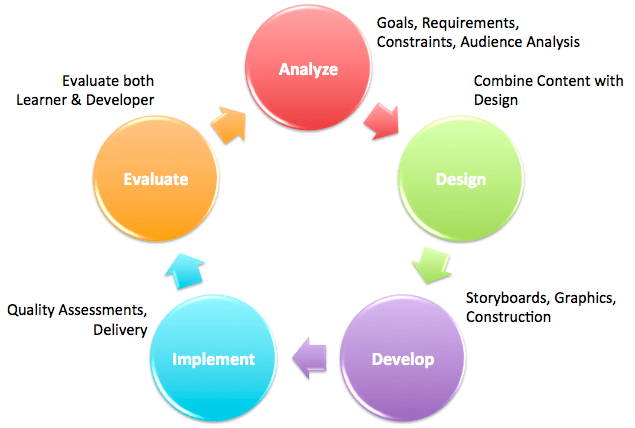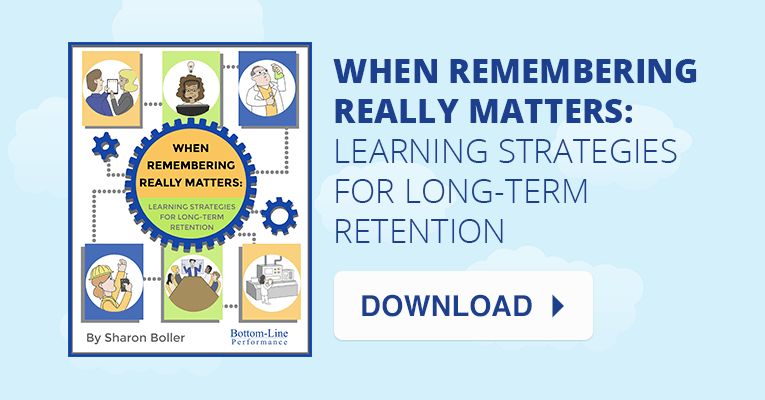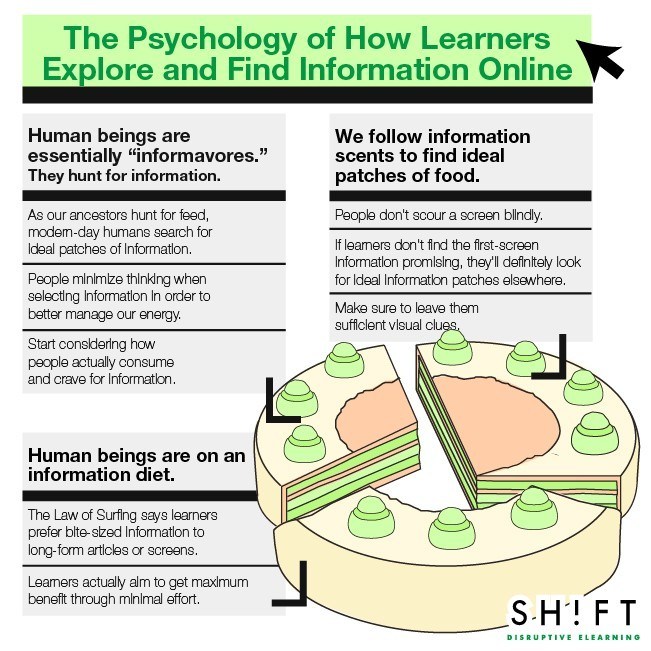Search for...
Instructional Design Bookmarks
Published Bookmarks
 The Pedagogy of Learning Design: A Translation of Pedagogies
The Pedagogy of Learning Design: A Translation of Pedagogies
In this first, post in a series of five titled The Pedagogy of Learning Design, we explore social, teaching, and cognitive presence.
 Designing Blended Learning with Bloom's Digital Taxonomy
Designing Blended Learning with Bloom's Digital Taxonomy
The new Digital Taxonomy incorporates collaboration and edtech to create the best design for virtual training and blended learning.
 Computer-Based Instruction Theory
Computer-Based Instruction Theory
1950s - Computer-Based Instruction is used in educational and training environments. Check the Instructional Design Models and Theories: Computer-Based Instruction Theory article to find more.


April 9, 2014
by
Dave Hallmon
Constraints are placed on every project especially when it comes to training. The “Good, Fast, or Cheap” adage is nothing new to us because we can only “pick two” when it comes to thinking about the:
1) Quality of design in a training event, 2) Time it takes to develop a training event plus time for learners to participate and perform to standard, and 3) Cost to design/develop a training event plus the cost of learners to participate
1) Quality of design in a training event, 2) Time it takes to develop a training event plus time for learners to participate and perform to standard, and 3) Cost to design/develop a training event plus the cost of learners to participate
 10 Best Practices for Webinar Presentation Design
10 Best Practices for Webinar Presentation Design
Create meaningful webinar presentations and maximize your participants' time investment by applying these 10 best design practices.


April 9, 2014
by
cincisteph1
You can use the basic methods in the following ADDIE model in this blog for a general guideline to Snap! by Lectora rapid e-Learning course and training development.
 Four Strategies for Long-Term Retention in Corporate Learning (White Paper) »
Four Strategies for Long-Term Retention in Corporate Learning (White Paper) »
In some organizations, training is a “check the box,” “we’ve always done it this way” activity. That may work in some situations, but what about when remembering really matters? Corporate learning professionals need strategies to improve both knowledge transfer during the initial learning event as well as the rate of long-term retention.
 The Psychology of How Learners Explore and Find Information Online
The Psychology of How Learners Explore and Find Information Online
Today, "providing people with access to more information is not the problem. Rather, the problem is one of maximizing the allocation of human attention to information that will be useful.” There are too many concepts and theories to mention but the most notable among them is the “Information Foraging Theory.” The theory is based on the assumption that we humans use our built-in foraging mechanisms when searching for information.
Here are some relevant points of the theory.
Here are some relevant points of the theory.


April 8, 2014
by
Keith Gerr
Are you an instructional designer or someone who develops training? Do you find yourself wading through content trying to determine what to include and what to ignore? Here are six great tips, as well as some pitfalls to avoid in content curation
 When Remembering Really Matters - New White Paper from Sharon Boller
When Remembering Really Matters - New White Paper from Sharon Boller
What will learners remember after taking your training? This white paper outlines four learning strategies that improve long term retention.
Upcoming Instructional Design
Bookmarks All
Bookmarks All
Submit Bookmark





